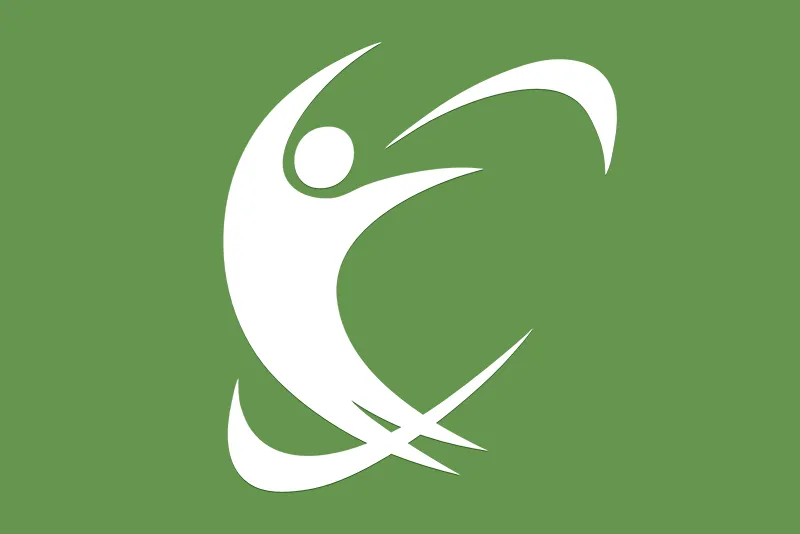Download printable ACL Reconstruction Post-Op Instructions
Overview
You have undergone a knee arthroscopy using a small fiber-optic camera to perform surgery. This is done through small incisions the size of buttonholes. You have 2 or 3 of these small incisions.
Diet
Begin with liquids, then resume your regular diet when you feel ready to do so.
Activity
Unless otherwise instructed, you may place as much weight as you can tolerate on the operated leg. Bend and straighten your knee to avoid stiffness. The crutches are for safety. Please use them until your follow up appointment in the office. Do not drive a car until you are instructed to do so. Elevate your leg as much as possible to prevent swelling. If you are required to wear a brace, wear it while walking and sleeping. It should be unlocked while walking and locked in a straight position while sleeping.
Precautions
For your own safety please do not drink alcohol, operate hazardous equipment or make important decisions for 24 hours.
Wound Care
It is important to keep the surgical dressing on and your wound dry for the first 3 days. At that point you may remove your dressing. Please apply band-aids to the incisions. Remove them before you shower and put clean ones on afterwards. Do not apply creams or lotions to the incisions. If you notice swelling in your leg, wrap the leg from the foot to just above the knee with an ace wrap. Please do not take baths, go in a Jacuzzi or go swimming until after your first follow up visit.
Pain Control
After ACL reconstruction you may have some pain and swelling. This is normal and usually diminishes after a few days. The pain will respond to rest, ice, elevation and the pain medicine you were given. You may apply ice or use a cooling device for as many days as you feel it helps you. If using ice, be careful not to freeze your skin – use a cloth under it and do not leave it on for more than 15 minutes at a time.
If you have received prescription pain medication, follow the instructions and DO NOT DRIVE, DRINK ALCOHOL OR PERFORM DUTIES THAT REQUIRE CONCENTRATION OR MANUAL DEXTERITY WHILE TAKING THE MEDICATION. Take the medication with food or milk. It may also be helpful to take an over-the-counter anti-inflammatory such as ibuprofen for pain control if you do not have any allergies to or difficulties with these medicines (i.e. stomach ulcers, kidney problems). These can be used in combination with or in place of your prescribed pain medication. Some patients have found Benadryl to be an effective alternative for pain control and nausea. One to two Benadryl tablets (25 to 50 mg) every 4-6 hours as an adjunct to your prescription is recommended.
Blood Clots
Blood clots are rare after ACL reconstruction. The more active you are the less likely they are to occur. Just as a precaution, on the day after surgery, begin taking one coated aspirin (ecotrin or bufferin) daily for two weeks to help prevent blood clots. Do not do this if you are allergic to aspirin or anti-inflammatory medicine or have stomach ulcers.
Work/School
You may return to work/school as soon as you are comfortable to do so. This usually takes 3 – 5 days. If you require a note, please ask for one at the time of your next visit.
Follow-up Appointment
The date and time of the follow up appointment is listed on the preoperative letter. If you have not scheduled this appointment please call the office at 781-279-7040.
Exercise
Begin doing the following exercises the day after surgery. Do them at least 3 times a day. Start gradually and work your way up to 3 sets of 10 for all the exercises each time you do them. Lay down on the bed, couch, or floor.
- Straight Leg Raises – with the knee held straight out, raise the leg off the bed. The foot should be about 6 inches off the bed.
- Quad Sets – With the leg straight contract the thigh muscle, hold it for 3 seconds and relax.
- Ankle Motion – Pump your ankle up and down as far as it will go in each direction.
- Knee Motion – Begin to actively move the knee. Straighten the knee fully and bend it as far as you can without too much discomfort.
Formal physical therapy will begin after your first follow up appointment if needed.
SIGNS & SYMPTOMS
If you have persistent fever greater than 101°, wound redness or drainage; numbness and/or tingling in the affected extremity, or calf pain, please contact our office to speak with your doctor or the covering physician during the off hours. The 24 hour office number to speak with your doctor is 781-279-7040.
